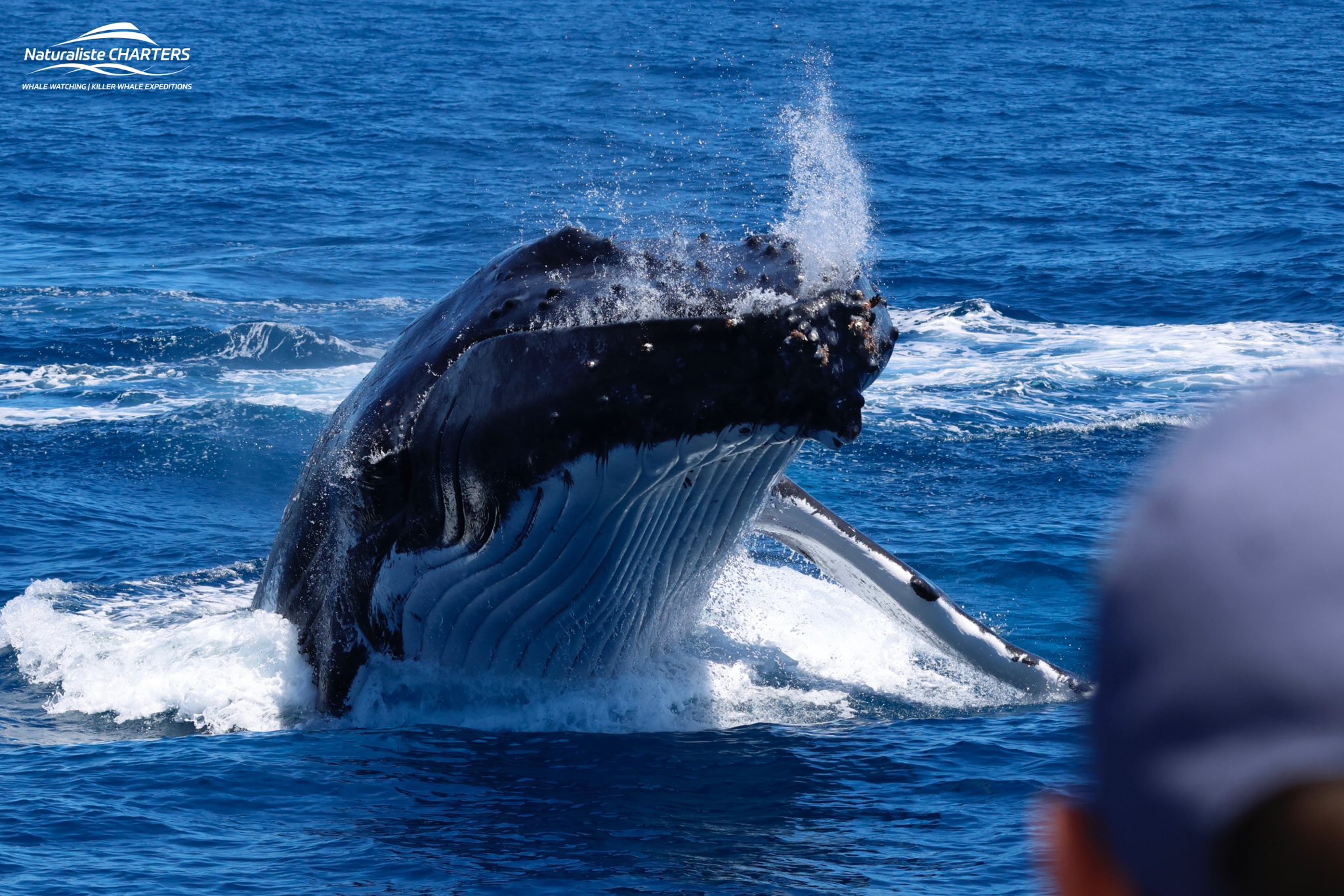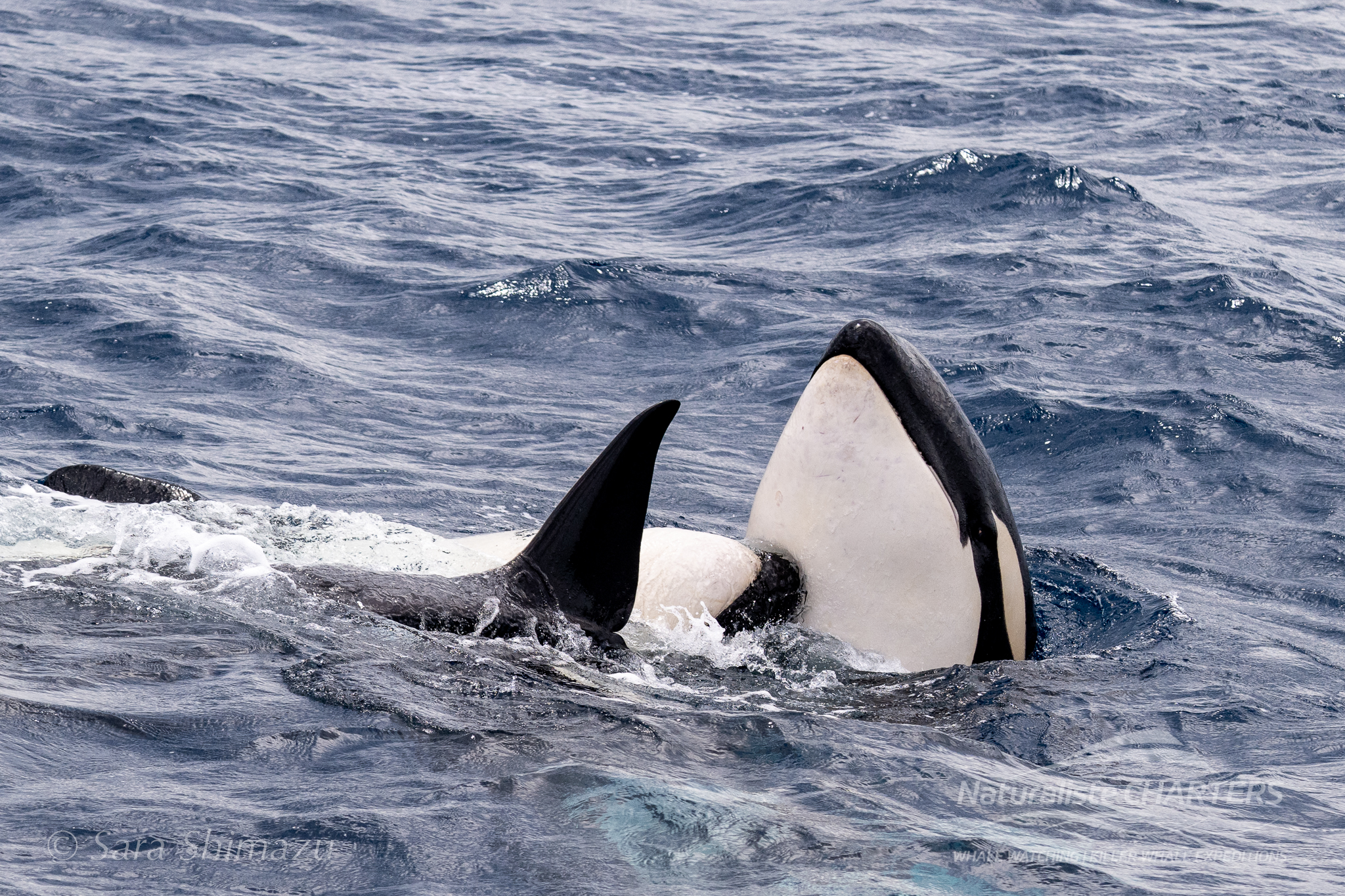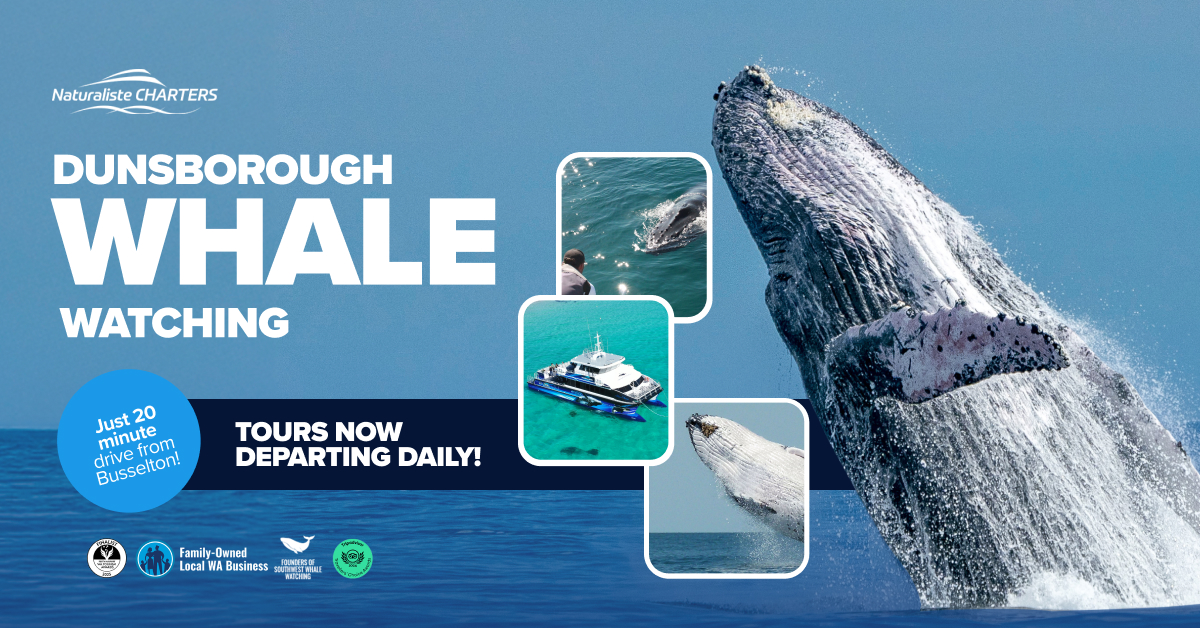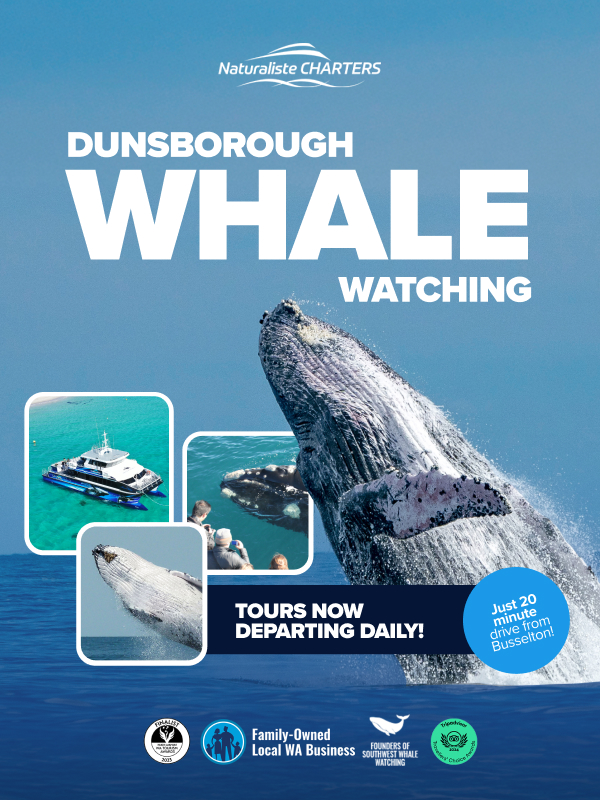The Life of an Orca: From Birth to AdulthoodPublished by Naturaliste Charters on July 22, 2021
Introduction
Orcinus orca—sounds powerful, right? This is the scientific name for orcas, also known as killer whales. Their striking black-and-white appearance commands attention. As apex predators, they sit at the very top of the oceanic food chain. However, there is much more to these animals than their reputation as fierce hunters. They are highly intelligent, socially complex, and deeply connected to their pods. In this blog, we’ll explore the intricate lifecycle of orcas, from birth to adulthood. We’ll discuss their early years, development, reproduction, and social dynamics. Drawing from years of research and personal encounters in Bremer Bay, I’ll also share insights into their behaviour, culture, and intelligence.
Meet the Author
I’m Pia Markovic, a marine biologist with Naturaliste Charters. For years, I’ve worked closely with orcas in Bremer Bay, Western Australia. Witnessing these magnificent creatures in their natural environment has been nothing short of awe-inspiring.
Through my work, I have had the privilege of collaborating with some of the world’s leading cetacean researchers. My goal is to offer both educational and immersive experiences that deepen people’s appreciation for orcas and the marine world. I hope this blog does the same for you.
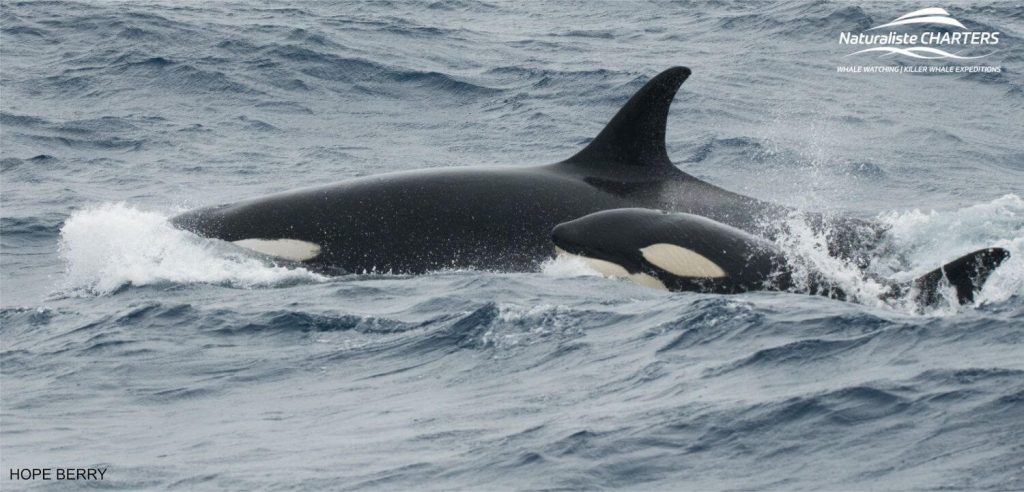 The Life of an Orca: The killer Whale newborn calf
The Life of an Orca: The killer Whale newborn calf
Orca Life Cycle: From Neonate to Matriarch
Birth: A New Beginning
The journey of an orca begins long before birth. Female orcas have one of the longest gestation periods of any marine mammal, carrying their young for an astonishing 15 to 18 months. When a calf is finally born, it enters the world already weighing around 180 kg and measuring approximately 2 metres in length.
At birth, orca calves have a distinct orange hue rather than the stark black and white pattern of adults. This is due to the underdevelopment of their blubber layer, which thickens as they grow. The mother nurses her calf for at least a year, providing it with nutrient-rich milk. During this time, the calf remains entirely dependent on her for survival.
Orca pods operate as tight-knit family units, and the role of the extended family is critical. While the mother is the primary caregiver, older siblings and other pod members also contribute to the calf’s upbringing. Interestingly, since male orcas do not stay with the pod after mating, calves learn crucial life skills from their mothers and older male relatives rather than their biological fathers.
Toddler Years: Learning Through Play
For the first five years of life, orca calves are in a constant state of learning. Much like human toddlers, they exhibit high energy, curiosity, and playfulness. Play is an essential part of their development, helping them build coordination, strength, and social bonds.
Orca calves often engage in playful behaviours such as head-butting, chasing each other, and mock hunting. These interactions not only improve their motor skills but also reinforce relationships within the pod. Older siblings often take the lead in these games, acting as mentors and disciplinarians to their younger counterparts.
Teenage Phase: Strength and Social Exploration
Orcas go through a defined adolescent phase, with males experiencing a particularly pronounced transition. Between the ages of 10 and 15, male orcas begin growing into their full size, though they often lack the experience and confidence to assert their dominance.
During this period, young males may practice mating behaviours with pod members, sometimes under the watchful eye of their mothers. Since orcas have a genital slit that conceals their reproductive organs, observing this behaviour in the wild requires careful attention. Social interactions among teenage orcas often include exaggerated displays of dominance, such as breaching, tail-slapping, and flashing their anatomy.
Interestingly, after a successful hunt, some male orcas have been observed engaging in attention-seeking behaviours, such as rolling onto their backs and sticking out their tongues. These actions might be a form of social play or communication.
 The Life of an Orca: The killer Whale – mating
The Life of an Orca: The killer Whale – mating
Adulthood: The Role of Experience
Females reach maturity around 12 years of age, while males take longer, maturing at approximately 20 years old. The physical differences between the sexes become more pronounced with age. Males develop significantly larger dorsal fins, which can reach up to 1.8 metres in height, while females retain a more curved and modestly sized fin.
Orca societies are matriarchal, meaning older females hold authority within the pod. If a pod becomes too large, it may split into two separate groups, yet they maintain strong bonds and frequently reunite.
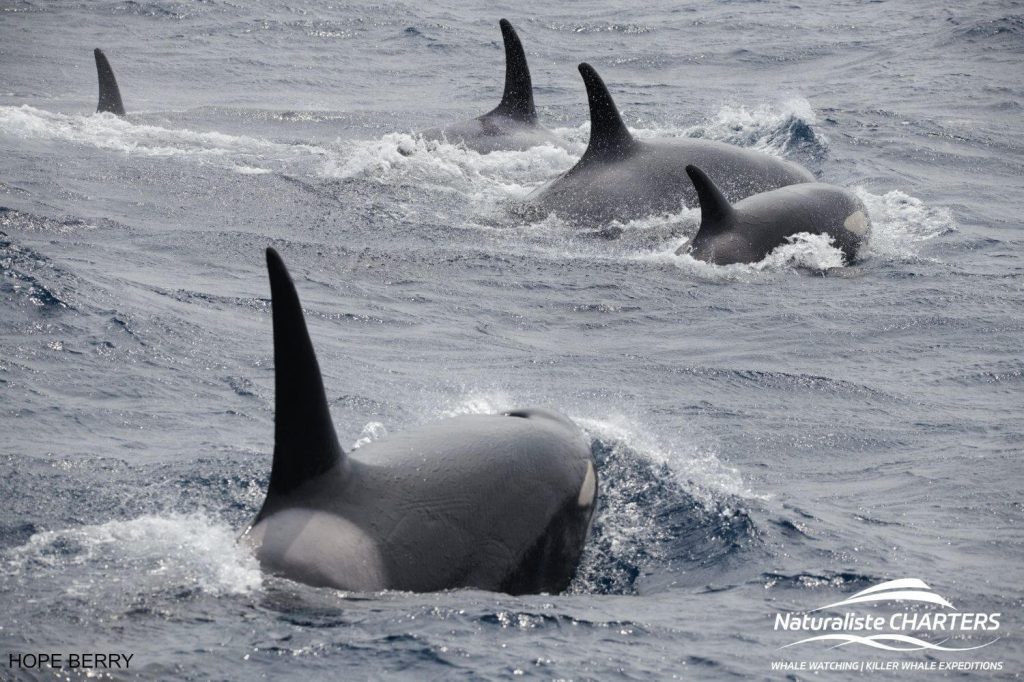 The Life of an Orca: The killer Whale – family pod
The Life of an Orca: The killer Whale – family pod
The Matriarch: Guardian of Knowledge
The matriarch is the heart of the pod. She is the keeper of knowledge, passing down essential hunting strategies, migration routes, and social rules to younger generations. In some cases, she may even influence which individuals are permitted to reproduce, ensuring genetic diversity and pod stability.
Hunting in orca pods is a carefully coordinated effort, with each member playing a specific role. Whether they are pursuing fish, seals, or even large baleen whales, their success is largely dependent on teamwork and strategic planning. This sophisticated group hunting behaviour is what earned them the name “killer whales.”
While females can live well beyond 100 years, males tend to have shorter lifespans, often ranging between 30 to 60 years. As males age, they frequently leave their maternal pod to become more independent, though they may still participate in group hunts and social gatherings.
Old Age and Death: The Final Chapter
The later stages of an orca’s life remain somewhat mysterious. When a calf dies, its mother may carry it for days, an act that suggests profound grief. However, what happens when an older matriarch passes away? Scientists are still working to understand how the death of a leader impacts the structure and stability of a pod.
 The Life of an Orca: The killer Whale – predation
The Life of an Orca: The killer Whale – predation
The Intelligence of Orcas
Orcas are among the most intelligent animals on Earth. Their brains weigh an impressive 6.5 kg and contain complex folds that facilitate advanced cognition, problem-solving, and social bonding.
Humans process emotions within the limbic system, but orcas have an additional paralimbic region in their brains. This suggests they may experience emotions in a way that is even more intricate than our own. Additionally, orcas have two independent auditory pathways, allowing them to process sound in ways we can only begin to comprehend.
The “Aussie” Accent: Regional Dialects in Orcas
A recent study by marine scientists found that orcas in Bremer Bay have a distinct “Aussie” accent, unique from other orca populations worldwide. This discovery highlights their advanced communication abilities and strong cultural traditions. Much like human dialects, orcas develop unique vocal patterns within their family groups, reinforcing their bonds and heritage. Reference for the “Aussie accent” in Bremer Bay orcas is from the ABC News article.
Where to See Orcas in the Wild?
Bremer Bay, Western Australia, is home to one of the world’s most accessible and thriving orca populations. Naturaliste Charters pioneered orca expeditions in the region, and we are now entering our tenth season of encounters with these incredible animals.
This blog only scratches the surface of what makes orcas so fascinating. To experience them up close, join us on an expedition!
Find out more: Bremer Canyon Killer Whales
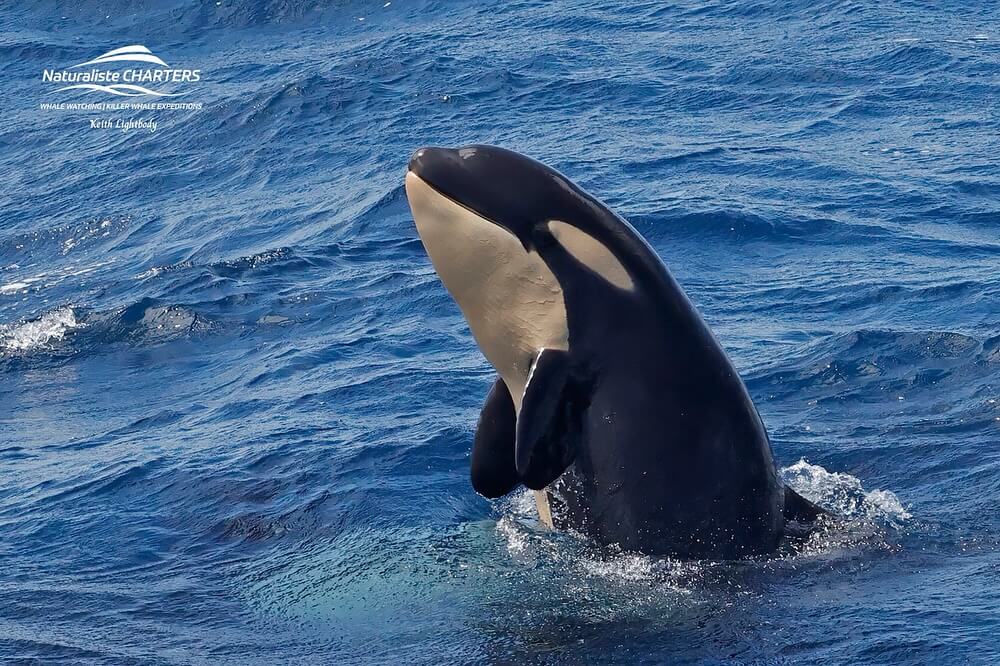
The Life of an Orca: A killer Whale Calf – spyhopping

